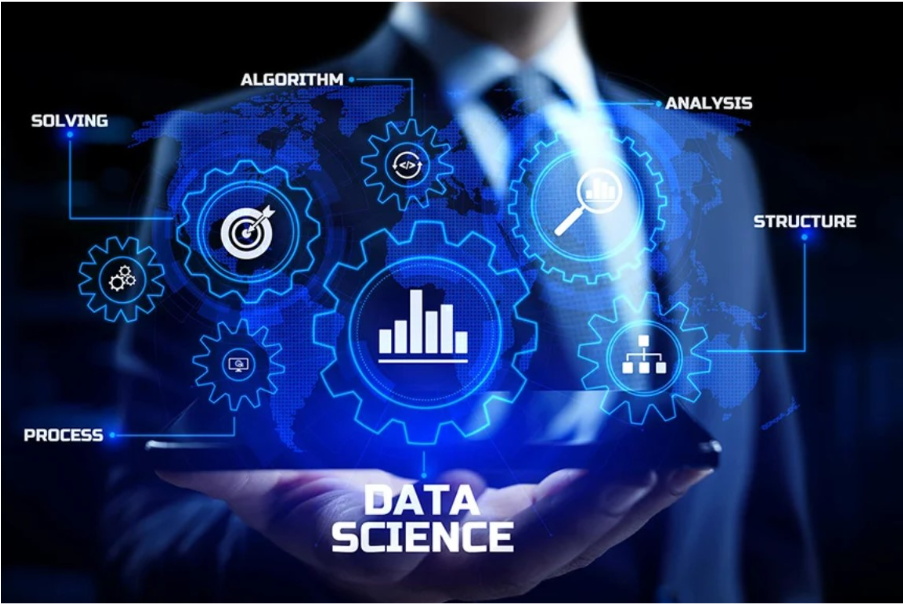Data augmentation is a crucial technique that is covered in any Data Science Course as part of machine learning and deep learning. Data augmentation techniques can enhance the diversity of training data without explicitly collecting new data. For image and text data, advanced augmentation techniques can significantly improve model performance by creating variations in the training dataset. Here’s a detailed look at some advanced techniques for both image and text data augmentation.
Image Data Augmentation Techniques
Advanced data augmentation is usually covered in an advanced Data Science Course designed for professional machine learning model developers. Such a course would train learners on some effective data augmentation techniques. While new techniques keep emerging in this area, the following generic techniques are bound to remain relevant.
Geometric Transformations
- Rotation: Rotating images at various angles.
- Scaling: Changing the size of the image.
- Translation: Shifting the image along the X or Y axis.
- Shearing: Distorting the image along one axis.
Colour Space Transformations:
- Brightness Adjustment: Randomly changing the brightness of the image.
- Contrast Adjustment: Modifying the contrast of the image.
- Saturation Adjustment: Altering the intensity of colours.
- Hue Adjustment: Shifting the hues of the image.
Noise Injection:
- Adding random noise (Gaussian, Salt-and-Pepper) to make the model robust to noisy data.
Occlusion:
- Cutout: Randomly masking out square regions of the image.
- Random Erasing: Similar to cutout but with variable shapes and sizes.
Mixing Images:
- MixUp: Combining two images and their labels by a weighted sum.
- CutMix: Cutting and pasting patches between training images.
Advanced Geometric Transformations:
- Elastic Transformations: Randomly distorting the image using elastic deformations.
- Affine Transformations: Applying a combination of rotation, translation, shearing, and scaling.
Generative Adversarial Networks (GANs):
- Using GANs to generate new, realistic images that can be added to the training set.
- Text Data Augmentation Techniques
Synonym Replacement:
- Replacing words with their synonyms using a thesaurus or WordNet.
Random Insertion:
- Inserting random words at random positions in the text.
Random Swap:
- Swapping two words in the sentence randomly.
Random Deletion:
- Randomly deleting words from the sentence.
Back Translation
- Translating the text to another language and then back to the original language to create paraphrases.
Contextual Augmentation
- Using language models (e.g., BERT, GPT) to generate new sentences that preserve the context.
Noise Injection
- Adding random noise by slightly modifying the text, such as misspelling words or adding typos.
EDA (Easy Data Augmentation)
- A combination of the above techniques (synonym replacement, random insertion, swap, and deletion) to systematically augment the text data.
Sentence Shuffling
- Shuffling sentences within a document to create new training examples while preserving the overall context.
Benefits of Advanced Data Augmentation
An increasing number of professionals are seeking to build skills in advanced image augmentation techniques. Thus, a Data Science course in Chennai, Mumbai, or Bangalore that is dedicated to advanced ML and deep learning technologies attracts substantial enrolment from professionals from all business segments as well as from researchers and scientists. Some of the key benefits of this technology are listed here.
Improved Model Generalisation:
- Helps models generalise better to unseen data by training on a more diverse dataset.
Reduced Overfitting:
- By increasing the diversity of training data, models are less likely to overfit to the training set.
Enhanced Robustness:
- Makes models more robust to variations and noise in real-world data.
- Better Utilisation of small datasets.
Summary
Implementing these advanced data augmentation techniques can significantly boost the performance of machine learning models in both image and text domains. By artificially increasing the diversity of the training data, these techniques help in building more robust and generalisable models. Advanced data augmentation techniques are covered as a core machine learning discipline in any Data Science Course in Chennai, Mumbai, and such cities where this technology is highly in demand among machine learning developers.
BUSINESS DETAILS:
NAME: ExcelR- Data Science, Data Analyst, Business Analyst Course Training Chennai
ADDRESS: 857, Poonamallee High Rd, Kilpauk, Chennai, Tamil Nadu 600010
Phone: 8591364838
Email- enquiry@excelr.com
WORKING HOURS: MON-SAT [10AM-7PM]

